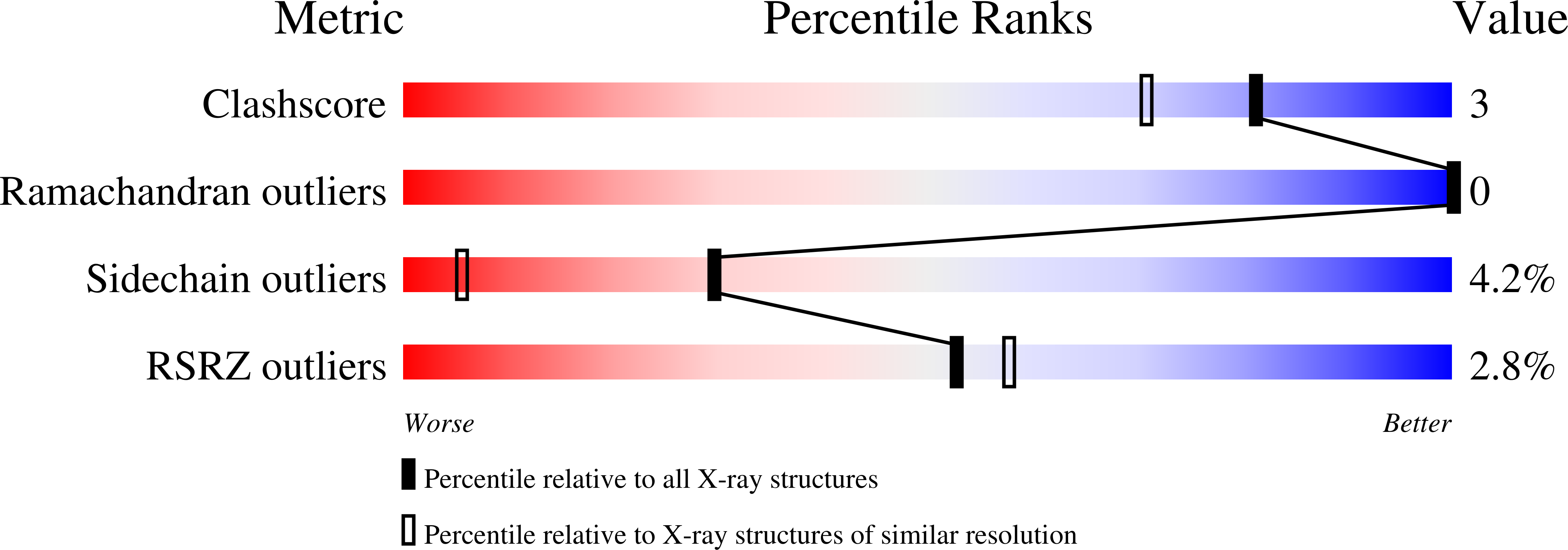Promiscuity in Ligand-Binding: The Three-Dimensional Structure of a Piromyces Carbohydrate-Binding Module,Cbm29-2,in Complex with Cello- and Mannohexaose
Charnock, S.J., Bolam, D., Nurizzo, D., Szabo, L., Mckie, V., Gilbert, H., Davies, G.J.(2002) Proc Natl Acad Sci U S A 99: 14077
- PubMed: 12391332
- DOI: https://doi.org/10.1073/pnas.212516199
- Primary Citation of Related Structures:
1GWK, 1GWL, 1GWM - PubMed Abstract:
Carbohydrate-protein recognition is central to many biological processes. Enzymes that act on polysaccharide substrates frequently contain noncatalytic domains, "carbohydrate-binding modules" (CBMs), that target the enzyme to the appropriate substrate. CBMs that recognize specific plant structural polysaccharides are often able to accommodate both the variable backbone and the side-chain decorations of heterogeneous ligands. "CBM29" modules, derived from a noncatalytic component of the Piromyces equi cellulase/hemicellulase complex, provide an example of this selective yet flexible recognition. They discriminate strongly against some polysaccharides while remaining relatively promiscuous toward both beta-1,4-linked manno- and cello-oligosaccharides. This feature may reflect preferential, but flexible, targeting toward glucomannans in the plant cell wall. The three-dimensional structure of CBM29-2 and its complexes with cello- and mannohexaose reveal a beta-jelly-roll topology, with an extended binding groove on the concave surface. The orientation of the aromatic residues complements the conformation of the target sugar polymer while accommodation of both manno- and gluco-configured oligo- and polysaccharides is conferred by virtue of the plasticity of the direct interactions from their axial and equatorial 2-hydroxyls, respectively. Such flexible ligand recognition targets the anaerobic fungal complex to a range of different components in the plant cell wall and thus plays a pivotal role in the highly efficient degradation of this composite structure by the microbial eukaryote.
Organizational Affiliation:
Structural Biology Laboratory, Department of Chemistry, University of York, Heslington, York YO10 5YW, United Kingdom.















